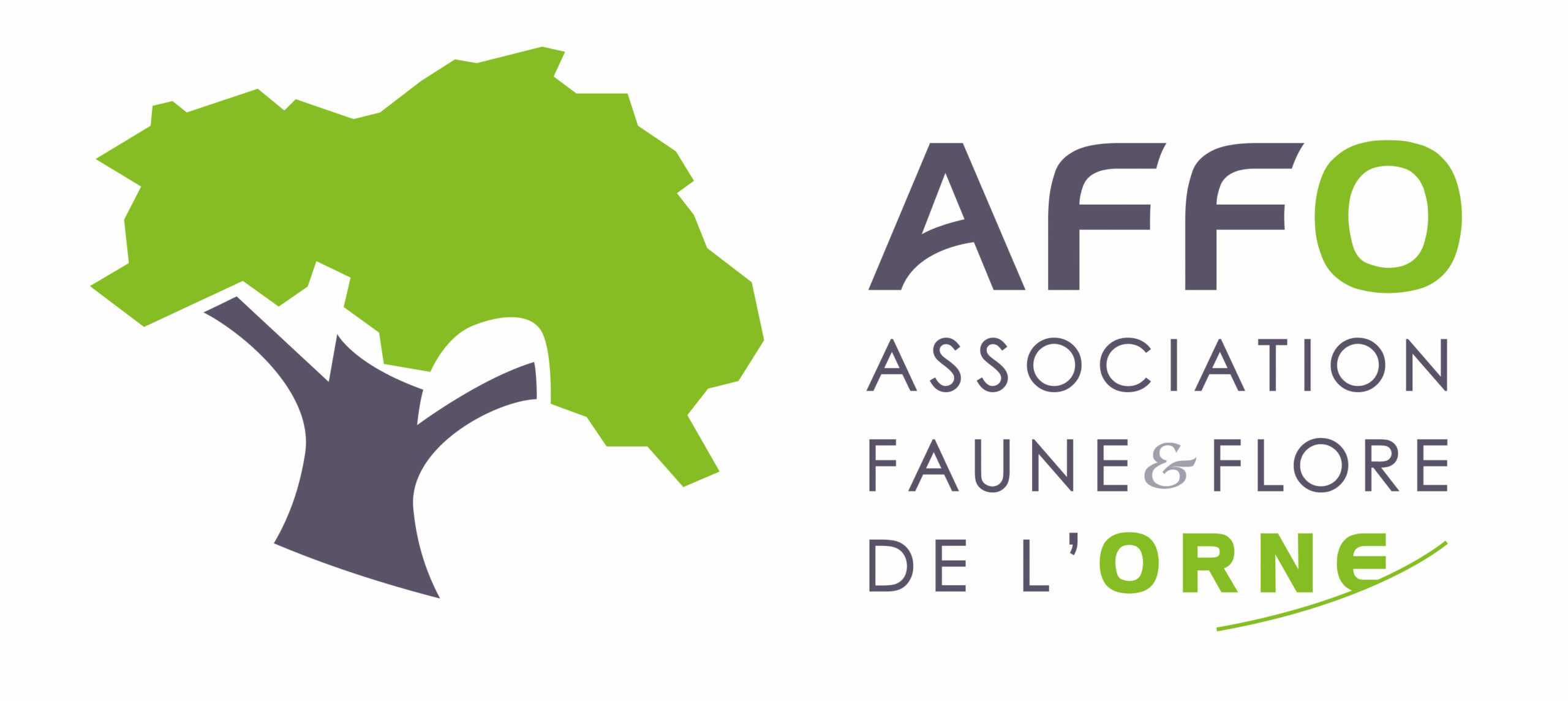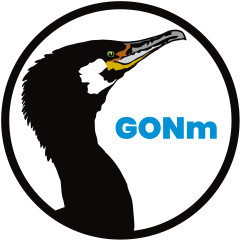Où cette espèce a-t-elle été observée ?
 Attention : cette espèce peut être présente où il n’y a pas de maille, mais à ce jour elle n’y a pas encore été observée.
Attention : cette espèce peut être présente où il n’y a pas de maille, mais à ce jour elle n’y a pas encore été observée.
- 1 013 observations
-
94
communes -
99
observateurs
18
organismes -
Première observation
1900 -
Dernière observation
2025
Appenai-sous-Bellême - Arcisses - Argenvilliers - Bazoches-sur-Hoëne - Beaulieu - Beaumont-les-Autels - Belforêt-en-Perche - Belhomert-Guéhouville - Bellavilliers - Bellême - Bellou-le-Trichard - Bizou - Bonsmoulins - Bretoncelles - Ceton - Champeaux-sur-Sarthe - Champrond-en-Gâtine - Champrond-en-Perchet - Chapelle-Guillaume - Chapelle-Royale - Charencey - Combres - Corbon - Coudray-au-Perche - Coulimer - Courgeon - Courgeoût - Cour-Maugis sur Huisne - Crulai - Digny - Feings - Fontaine-Simon - Friaize - Igé - Jaudrais - La Chapelle-Montligeon - La Croix-du-Perche - La Ferté-Vidame - La Loupe - La Madeleine-Bouvet - La Mesnière - La Puisaye - La Ventrouze - Le Favril - Le Mage - Le Pas-Saint-l'Homer - Le Pin-la-Garenne - Les Aspres - Les Corvées-les-Yys - Les Genettes - L'Hôme-Chamondot - Loisail - Longny les Villages - Luigny - Manou - Mauves-sur-Huisne - Montireau - Mortagne-au-Perche - Moulhard - Moutiers-au-Perche - Nogent-le-Rotrou - Nonvilliers-Grandhoux - Parfondeval - Perche en Nocé - Pervenchères - Pouvrai - Rémalard en Perche - Réveillon - Sablons sur Huisne - Saint-Aubin-de-Courteraie - Saint-Cyr-la-Rosière - Saint-Denis-sur-Huisne - Sainte-Céronne-lès-Mortagne - Saint-Éliph - Saint-Germain-de-Martigny - Saint-Germain-des-Grois - Saintigny - Saint-Jean-de-Rebervilliers - Saint-Jouin-de-Blavou - Saint-Langis-lès-Mortagne - Saint-Mard-de-Réno - Saint-Martin-du-Vieux-Bellême - Saint-Maurice-Saint-Germain - Saint-Ouen-de-Sécherouvre - Saint-Victor-de-Buthon - Senonches - Soligny-la-Trappe - Thiron-Gardais - Tourouvre au Perche - Val-au-Perche - Vaupillon - Verrières - Vichères - Villiers-sous-Mortagne
-
PNR du Perche
Participation à 618 Observations
Part d'aide à la prospection : 61.01 %
Fiche organisme
-
Association Faune & Flore de l'Orne (AFFO)
Participation à 173 Observations
Part d'aide à la prospection : 17.08 %
Fiche organisme
-
DREAL Centre-Val de Loire
Participation à 162 Observations
Part d'aide à la prospection : 15.99 %
Fiche organisme
-
Muséum national d'Histoire naturelle (MNHN)
Participation à 96 Observations
Part d'aide à la prospection : 9.48 %
Fiche organisme
-
Ministère de la Transition écologique et de la Cohésion des territoires
Participation à 36 Observations
Part d'aide à la prospection : 3.55 %
Fiche organisme
-
UMS PatriNat (OFB-CNRS-MNHN)
Participation à 25 Observations
Part d'aide à la prospection : 2.47 %
Fiche organisme
-
Eole Champagne Conlinoise
Participation à 23 Observations
Part d'aide à la prospection : 2.27 %
Fiche organisme
-
PNR et géoparc mondial UNESCO Normandie-Maine
Participation à 17 Observations
Part d'aide à la prospection : 1.68 %
Fiche organisme
-
Système mondial d’information sur la biodiversité (GBIF)
Participation à 14 Observations
Part d'aide à la prospection : 1.38 %
Fiche organisme
-
Société d'études ornithologiques de France (SEOF)
Participation à 8 Observations
Part d'aide à la prospection : 0.79 %
Fiche organisme
-
Eure-et-Loir Nature
Participation à 6 Observations
Part d'aide à la prospection : 0.59 %
Fiche organisme
-
Conservatoire d'espaces naturels du Centre-Val de Loire (CEN CVL)
Participation à 5 Observations
Part d'aide à la prospection : 0.49 %
Fiche organisme
-
Office national des forêts (ONF)
Participation à 3 Observations
Part d'aide à la prospection : 0.30 %
Fiche organisme
-
Groupe Ornithologique Normand (GONm)
Participation à 1 Observation
Part d'aide à la prospection : 0.10 %
Fiche organisme
-
France Nature Environnement Centre-Val de Loir
Participation à 1 Observation
Part d'aide à la prospection : 0.10 %
Fiche organisme
-
Groupe Sarthois Ornithologique (GSO)
Participation à 1 Observation
Part d'aide à la prospection : 0.10 %
Fiche organisme
-
Mayenne Nature Environnement (MNE)
Participation à 1 Observation
Part d'aide à la prospection : 0.10 %
Fiche organisme
Informations espèce
Source : Biodiv'Écrins, Parc national des Écrins
G2 : Forêts de feuillus sempervirents
G4 : Formations mixtes d'espèces caducifoliées et de conifères
G5 : Alignements d'arbres, petits bois anthropiques, boisements récemment abattus, stades initiaux de boisements et taillis
X10 : Bocages
Répartition actuelle en France métropolitaine
© INPN - Avertissement : les données visualisables reflètent l'état d'avancement des connaissances et/ou la disponibilité des données existantes au niveau national : elles ne peuvent en aucun cas être considérées comme exhaustives.
Répartition actuelle dans le monde
Avertissement : les données visualisables reflètent l'état d'avancement des connaissances et/ou la disponibilité des données existantes au niveau mondial : elles ne peuvent en aucun cas être considérées comme exhaustives.
















